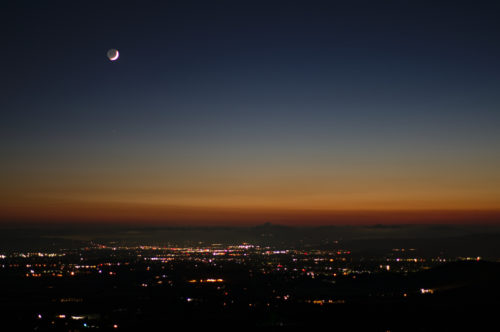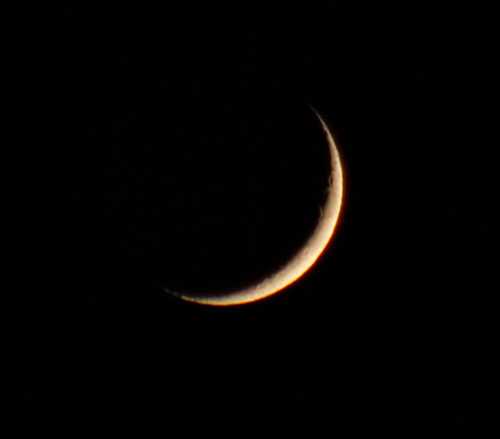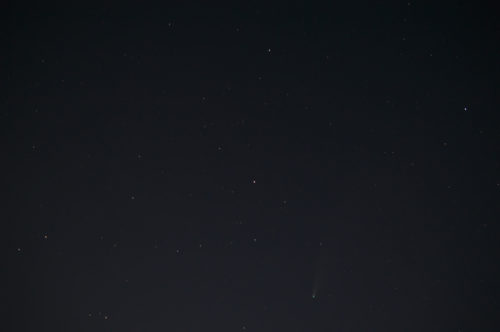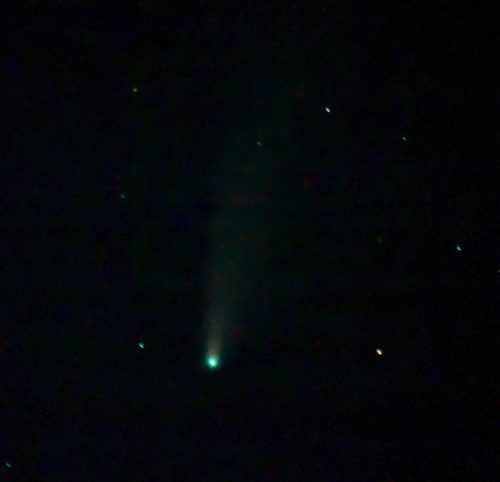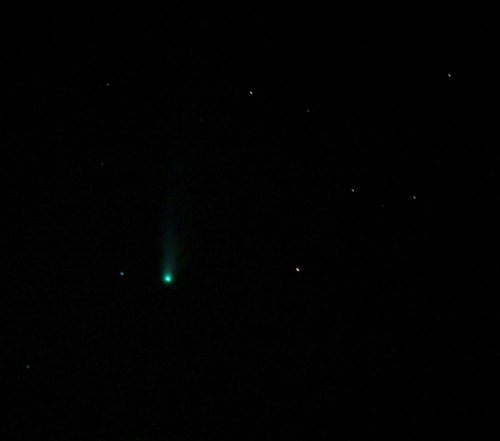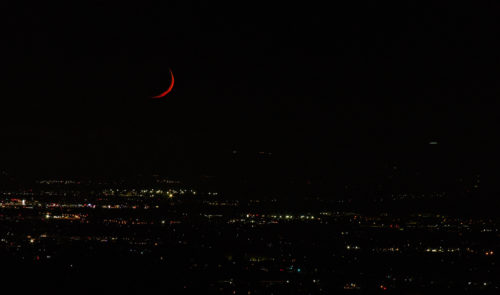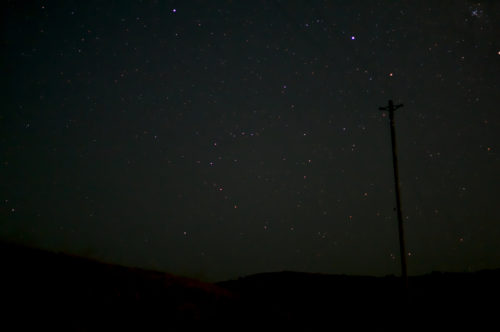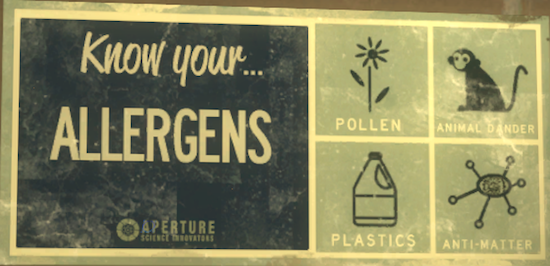- Quarantine Day 130
- Livermore cases: 427
- Alameda County cases: 9,864; deaths: 175
- U.S. cases: 4,024,000+; deaths: 143,000+
I filled up the Civic with gas on Thursday. The first time since March 5. In almost 5 months I drove only 250 miles.
Updated modeling this week looks terrible for states that still aren’t taking this seriously. California is expected to hit a new peak of daily deaths at ~130/day in a couple of weeks, which is about 0.3 deaths per 100,000 people. Arizona is projected to hit ~75/day (1.0 deaths per 100,000 people) about the same time. Florida: ~150/day (0.7 deaths per 100,000 people). Texas is predicted to monotonically increase into November with a brief plateau at ~240/day (0.8 deaths per 100,000 people).
The U.S. overall is seeing over 1,100 deaths a day. Trump finally even held a press conference and suggested people should wear masks. But he’s still threatening to withhold federal funding if states don’t reopen schools in person.
And things are about to get catastrophically worse for millions of people. Extended unemployment benefits and eviction moratoriums are expiring at the end of July. Congress doesn’t appear to be even close to addressing the issue. The House (meaning Democrats) passed a $3.2 trillion aid package back in May. The Senate is going nowhere. Republicans can’t even figure out amongst themselves what they want to do, much less negotiate with Democrats to pass something.
This is with 18 straight weeks of over 1 million first-time unemployment claims being filed weekly.
—
The girls started swim classes again a couple of weeks ago. They each have 2 kids in their class and the instructors wear face shields. In between classes the whole facility gets sanitized. I’m not entirely sure if technically they’re supposed to be open at the moment, but they seem to be trying really hard to do things safely.
—
The Oakland Zoo got permission to reopen. They also received a $500,000 donation to help cover their operating costs.
Alameda County issued updated shelter-at-home regulations at the beginning of the week. I read through them but I didn’t see any obvious differences from the previous rules.
—
Because of state rules, Livermore schools will open as online only for the beginning of the school year. Heather’s new desk has arrived. She’s working on cleaning her room and making space for it before we assemble it. The Chromebook I ordered for her to use should arrive next week. So I guess we’re pretty much as ready as we’re going to be.
—
I went on site to my office on Tuesday and Thursday this week. I’ll be back a few more times over the next few weeks trying to get some deliverables completed on the air-gapped networks. I usually see and interact with no one except the guard at the gate. Which is fine by me.
—
Oh yah, some other things. Trump bragged about passing a dementia test. Also, unidentified federal officers in military gear have been in Portland, OR beating, gassing, and shooting with rubber bullets protesters. They’ve also been arresting people by just grabbing them off the street and stuffing them into unmarked vehicles and driving away with them.
The Department of Homeland security eventually admitted they were from Customs and Border Patrol. The administration has vowed to continue to send in these teoop
